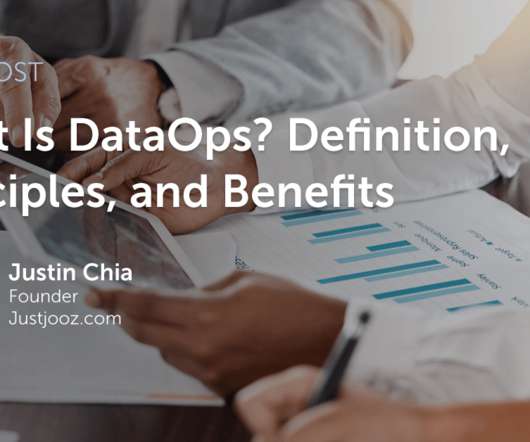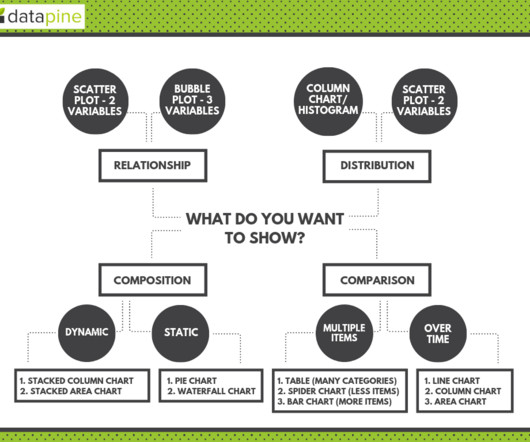The curse of Dimensionality
Domino Data Lab
OCTOBER 7, 2020
The Curse of Dimensionality , or Large P, Small N, ((P >> N)) , problem applies to the latter case of lots of variables measured on a relatively few number of samples. Statistical methods for analyzing this two-dimensional data exist. This statistical test is correct because the data are (presumably) bivariate normal.

















Let's personalize your content